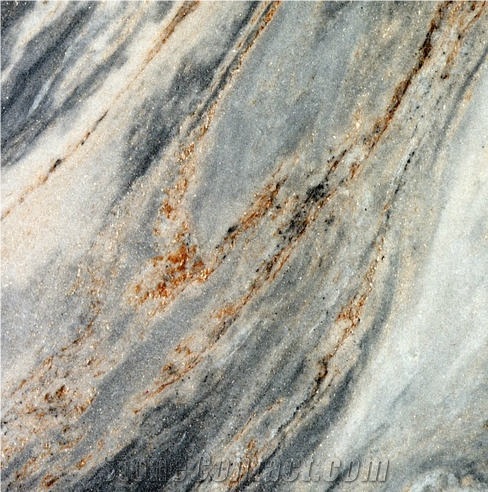Can Switzerland's Cipollin Antique Marble be used outdoors?
Switzerlands Cipollin Antique Marble is a type of marble that is primarily used for indoor applications such as flooring, wall cladding, countertops, and other decorative purposes.
While marble is generally not recommended for outdoor use due to its susceptibility to weathering and staining, certain types of marble with specific characteristics can be used outdoors under certain conditions. However, it is essential to note that Cipollin Antique Marble is not typically recommended for outdoor use.
Marble, including Cipollin Antique, is often affected by outdoor elements such as rain, snow, and fluctuating temperatures, which can lead to damage and deterioration over time. It may also become slippery when wet, making it potentially hazardous for outdoor applications.
If you are specifically looking for a stone material for outdoor use, it is advisable to consider more durable and weather-resistant options such as granite, quartzite, or porcelain tiles specifically engineered for outdoor applications.
Switzerlands Cipollin Antique Marble is a type of marble that is primarily used for indoor applications such as flooring, wall cladding, countertops, and other decorative purposes.
While marble is generally not recommended for outdoor use due to its susceptibility to weathering and staining, certain types of marble with specific characteristics can be used outdoors under certain conditions. However, it is essential to note that Cipollin Antique Marble is not typically recommended for outdoor use.
Marble, including Cipollin Antique, is often affected by outdoor elements such as rain, snow, and fluctuating temperatures, which can lead to damage and deterioration over time. It may also become slippery when wet, making it potentially hazardous for outdoor applications.
If you are specifically looking for a stone material for outdoor use, it is advisable to consider more durable and weather-resistant options such as granite, quartzite, or porcelain tiles specifically engineered for outdoor applications.
 Switzerland
(Saillon, Martigny, Valais)
Switzerland
(Saillon, Martigny, Valais)
















